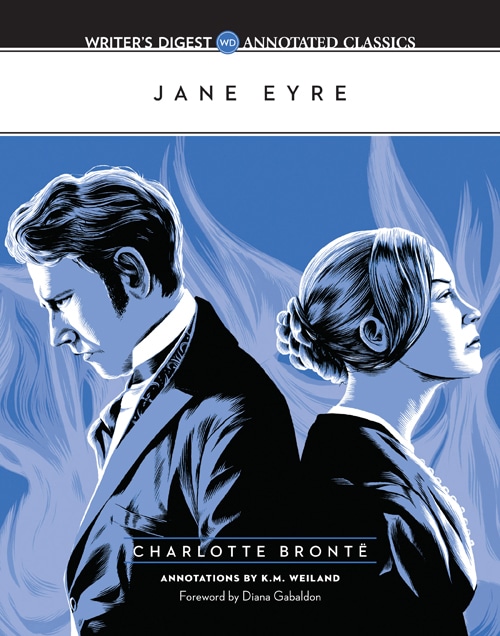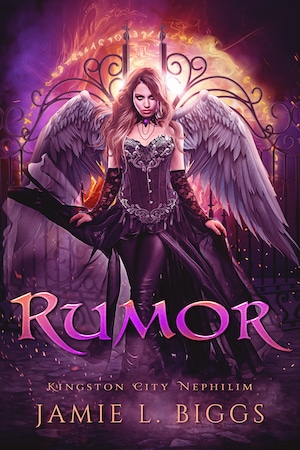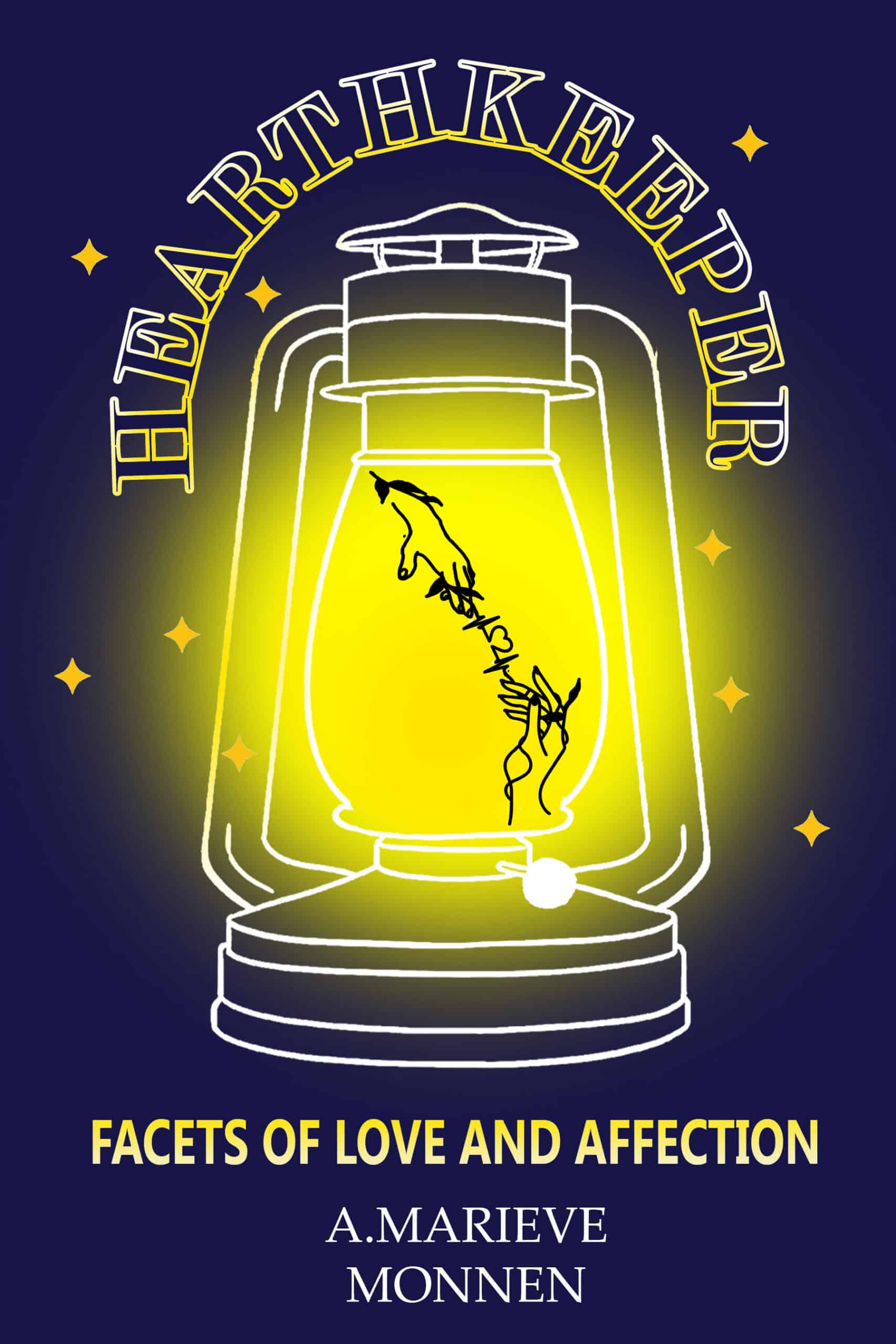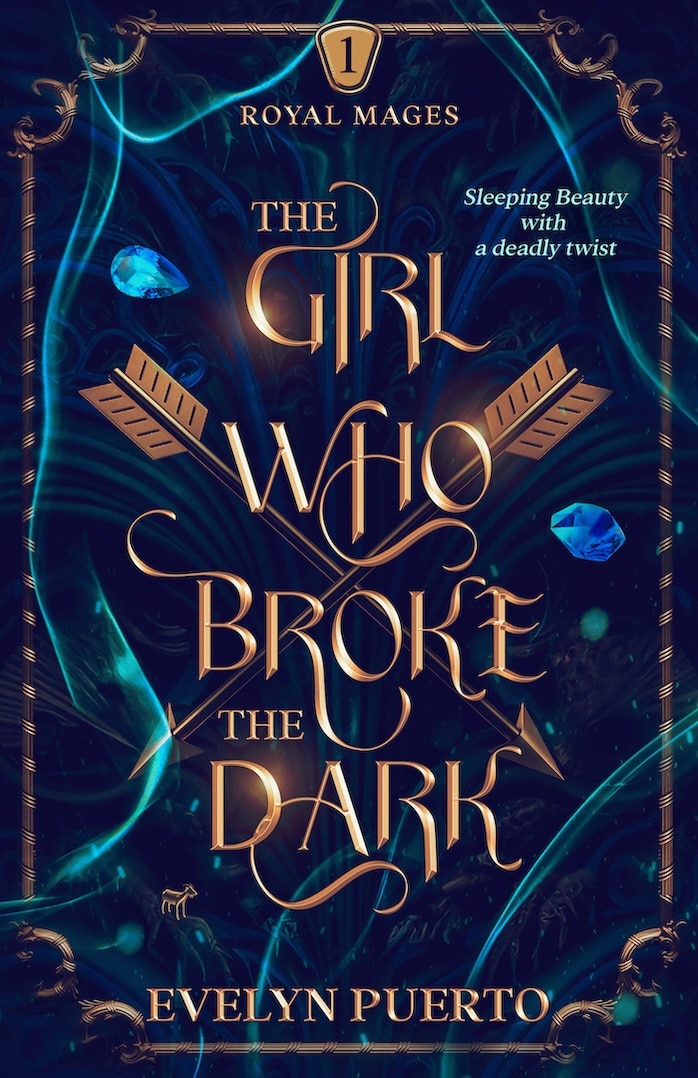
by K.M. Weiland |
What can ol’ fuddy-duddies like Charles Dickens, Jane Austen, and Charlotte Brontë teach us about writing successful modern fiction? Most of us think of the classics and groan over memories of boring high school textbooks. You may even be familiar with Mark Twain’s facetious (and rather ironic, considering his own status as a classic author) definition of a classic as a “book which people praise and don’t read.”

by K.M. Weiland |
I always hated the whole idea that something as inherently artistic and, well, instinctive as writing fiction could (or, worse, should) be forced to adhere to structure. The notion is so non-intuitive as to be dumb.
Structure = formula = cliché = what’s-the-point?
No way I was going to try to stuff my creativity into the strait jacket of a preset structure created by some tweed-jacketed nincompoop out there in literary land.
Needless to say, I resisted the whole notion of structure for years.
And then, one day, I actually learned what structure was.




